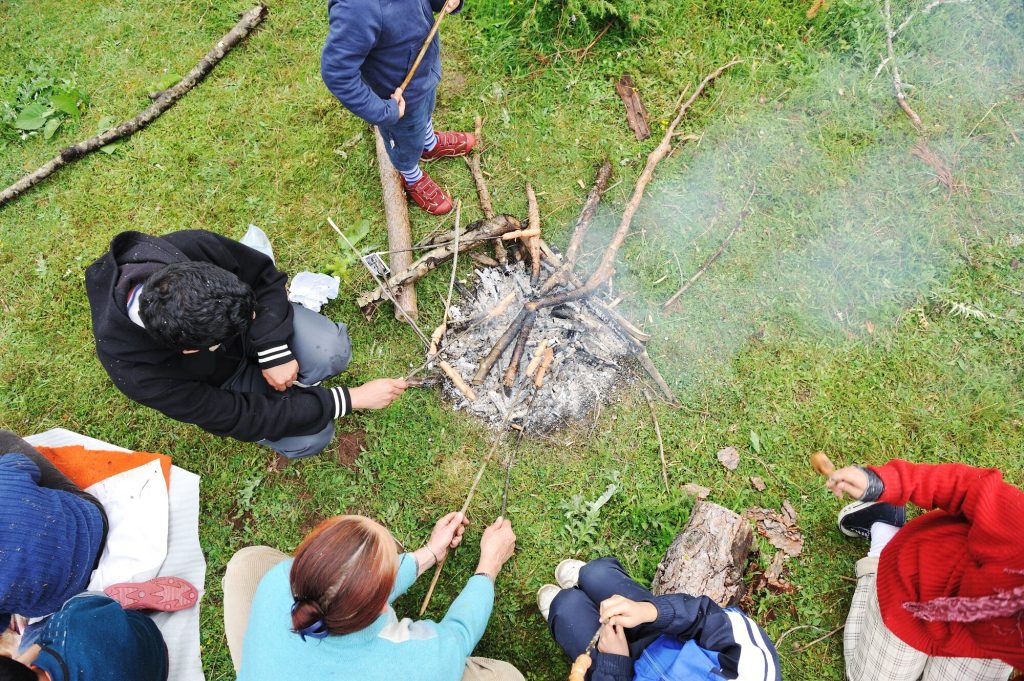
The earth’s average temperature has increased at a rate of .08 degrees Celsius per decade since the 1980s, but the last 30 years have seen that number jump to .018 degrees, according to a 2020 Global Climate Report. Many wonder what effects will result from the earth warming at a faster rate, with wildfires being among the top concerns. Is there enough evidence to say global warming is causing more wildfires?
Wildfires can happen naturally or as a result of human action. Some wildfires occur naturally due to a lightning strike during a storm or spontaneous combustion on a hot day, but humans are more often the cause. On average, human factors caused 88% of wildfires between 2016 and 2021, like unattended campfires, discarded cigarettes, illicit burnings, intentional arson and other acts.
Forests — especially those in the western U.S. — are susceptible to large fires because it’s easier for the blaze to spread. Anything that can burn is considered fuel, and some fuel burns faster than others. Dead fuel, meaning materials with less than 30% moisture, burn the fastest and at the lowest temperatures. What causes materials to lose moisture? High temperatures, which is why more forest fires happen during droughts.
Wildfires are not increasing in frequency. There were more wildfires in the 1990s than there have been since the turn of the century. However, wildfires are increasing in magnitude. The Congressional Research Service’s Wildfire Statistics document explains that, while there are fewer fires, they are burning more than double the acreage than in the 1990s.
Researchers have an explanation for the increase of acreage that wildfires burn. One of the most notable factors is that wildfires occur at higher elevations than in previous decades. The elevation wildfires can reach has increased at 7.6 meters or 25 feet every year. As a result, about 81,500 more square kilometers or 31,500 square miles of mountainous land have become vulnerable to wildfire since 1984.
Global temperature increases dry out the mountain ranges that were once too wet to catch fire. As global warming continues to rise, so will the elevations that wildfires can reach.
Evidence links wildfires and global warming, and their increases put millions of families and businesses at risk. In addition to public health and safety, it’s vital to consider the economic impact of wildfires. A fire can financially cripple a business and the families it employs. Unlimited Restoration, Inc. provides fire and smoke damage restoration services to help commercial and industrial properties affected by wildfires minimize business interruption. Contact us online to learn more about our restoration process.